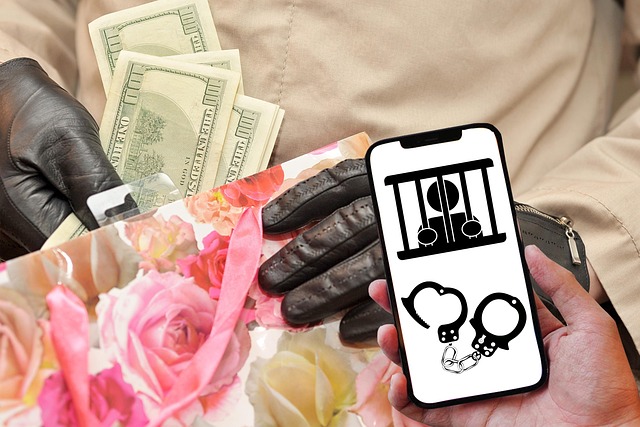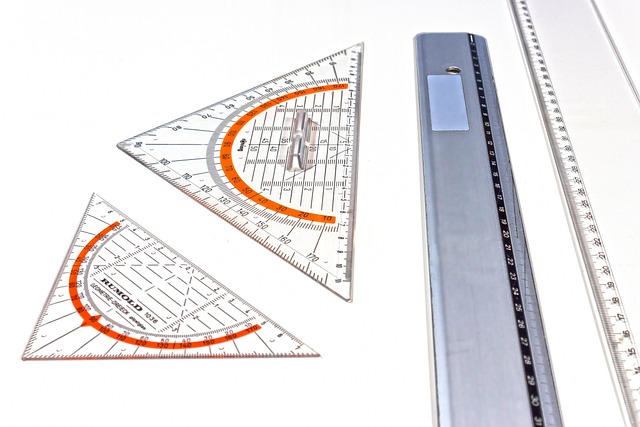
Fortissimo Amplifying Party Vibes in Classical Music Culture
The word fortissimo echoes louder than any single instrument, a musical cue that demands attention and, paradoxically, invites a communal sense of celebration. While the term means “very loud” in the world of notation, its influence reaches far beyond concert halls into the throbbing heart of party culture. In classical music, the deployment of fortissimo passages often signals climactic moments, but when these crescendos spill into social gatherings, they become catalysts for shared joy, a bridge between the solemnity of tradition and the exuberance of nightlife.
From Baroque Bombast to Modern Bash
Fortissimo has a long pedigree in the Western classical canon. Composers such as Mozart, Beethoven, and Wagner employed the marking to punctuate key structural points, creating a visceral impact that resonated with audiences of their time. For instance, Beethoven’s Fifth Symphony opens with a dramatic fortissimo chord, instantly grabbing the listener’s attention. In the 19th‑century Romantic era, the use of fortissimo grew in abundance as orchestras expanded and performers sought greater expressive possibilities.
Fast forward to the late 20th and early 21st centuries, and we find fortissimo transcending its original context. Electronic dance music, hip‑hop, and even pop remix culture regularly reference the concept, not by notation but by intensity. DJs and producers replicate the same emotional punch of a fortissimo passage with drops, buildups, and sudden sonic explosions. As a result, the classical term has become a cultural shorthand for anything that’s “big” or “loud” in a celebratory sense.
- Baroque: Grand, commanding fortissimo passages.
- Romantic: Expanded orchestration, more dramatic dynamics.
- Contemporary: Fusion with electronic amplification and remix culture.
Fortissimo as a Social Signal
When a piece of music reaches its fortissimo moment, the energy is almost contagious. This phenomenon isn’t limited to listening; it’s a social signal that invites participation. The sudden increase in volume and intensity encourages listeners to raise their voices, clap, or dance. In the context of a party, a well‑timed fortissimo can serve as a cue for the crowd to let loose, transforming a simple gathering into a collective experience of awe.
“In the same way that a single chord can shatter silence, a fortissimo flourish can shatter routine,” says Dr. Lena Müller, a musicologist who studies performance dynamics.
Classical Repertoire Meets Modern Party Atmosphere
Several contemporary musicians have successfully blended classical fortissimo sections with party-friendly arrangements. One notable example is the remix of Gustav Holst’s “Jupiter” from The Planets. By overlaying the piece’s fortissimo climax with a driving bass line and syncopated beats, remix artists have turned a classical masterpiece into a festival anthem.
Another instance is the use of fortissimo passages from Richard Strauss’s “Also sprach Zarathustra” in the opening sequence of the 1960s science‑fiction film 2001: A Space Odyssey. The music’s thunderous climax has since become synonymous with grand spectacle, frequently sampled in contemporary pop tracks.
- Holst “Jupiter” remix – classical motifs meet EDM energy.
- Strauss “Zarathustra” – iconic fortissimo used in film and pop culture.
- Beethoven “Eroica” – orchestral fortissimo adapted for dance floors.
Case Study: The “Fortissimo” Party Movement
In 2018, a small club in Berlin introduced a themed night called “Fortissimo Nights.” The event was built around classical music’s loudest moments, amplified through a high‑quality sound system and paired with visual effects that synchronized with the music’s dynamics. Patrons were invited to dress in outfits that reflected the grandeur of the pieces, creating an immersive environment where the boundary between classical music and party culture blurred.
Within weeks, the concept spread globally, spawning similar events in New York, London, and Tokyo. Each venue adapted the fortissimo theme to local tastes, incorporating live orchestras, DJs, and even call‑and‑response segments where the crowd could shout out favorite dynamics. The result was a worldwide trend that celebrated the raw power of sound while fostering a sense of community among attendees.
The Psychological Impact of Loudness
From a psychoacoustic perspective, sudden increases in volume produce a physiological response known as the “startle reflex.” When a piece abruptly moves into fortissimo territory, listeners’ heart rates may spike, adrenaline surges, and a sense of urgency takes hold. This reaction, while brief, creates a memorable moment of heightened emotion.
In party settings, these moments can serve as “cultural touchstones,” where collective memory is forged. By repeatedly exposing audiences to fortissimo peaks, event organizers can create a shared narrative that reinforces the identity of the group and elevates the overall experience.
- Startle reflex: immediate physiological response.
- Adrenaline surge: increased alertness and excitement.
- Collective memory: shared emotional moments among attendees.
Fortissimo and Technological Innovation
The evolution of sound technology has amplified the reach and impact of fortissimo passages. Modern speakers can reproduce frequencies beyond the range of human hearing, generating vibrations that add a tactile dimension to loudness. In large venues, this phenomenon, often called “sonic boom,” turns fortissimo moments into physical sensations that resonate through the body.
Additionally, live streaming platforms now allow global audiences to experience fortissimo in real time. By integrating 3D audio and spatial sound algorithms, producers can simulate the effect of a live fortissimo performance for remote listeners, creating a sense of proximity that was once impossible.
The Role of Fortissimo in Classical Music Education
Teaching students about fortissimo is more than a technical exercise; it is an exploration of emotional communication. Music educators emphasize the importance of dynamic contrast in shaping narrative and guiding listeners through musical storytelling. By understanding how a single forte or fortissimo passage can alter the emotional arc of a piece, students learn to craft expressive performances that resonate with audiences.
Workshops and masterclasses often incorporate fortissimo studies, inviting participants to experiment with volume, tempo, and articulation. Such hands‑on experiences highlight the power of loudness in connecting performers and listeners, reinforcing the communal aspect of music that extends beyond the concert hall.
From Concert Halls to Dance Floors: A Cultural Continuum
Ultimately, the fortissimo phenomenon exemplifies how classical music can adapt to contemporary contexts without losing its core identity. Whether it’s a grand orchestra in a cathedral or a DJ in a rooftop bar, the underlying principle remains the same: a deliberate escalation in intensity that invites collective participation.
This continuity underscores the enduring relevance of classical music in modern party culture. The loudest passages serve as cultural anchors, bridging centuries of musical evolution and connecting people through the universal language of sound.
Looking Forward: The Future of Fortissimo in Party Culture
As technology continues to evolve, the possibilities for integrating fortissimo into party settings are endless. Virtual reality concerts that simulate the physical impact of loud music, AI‑generated orchestral arrangements that adapt to audience energy levels, and hybrid performances that blend acoustic instruments with electronic amplification all point toward a future where the line between classical and contemporary becomes even more porous.
Nevertheless, the essence of fortissimo—its capacity to shatter silence and create a shared moment of awe—remains constant. Whether played on a stage, streamed online, or amplified in a club, the term continues to invite listeners to experience music not just as an art form, but as a living, breathing event that unites people in collective joy.



